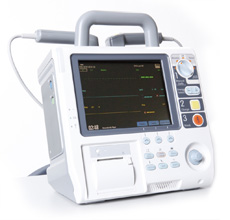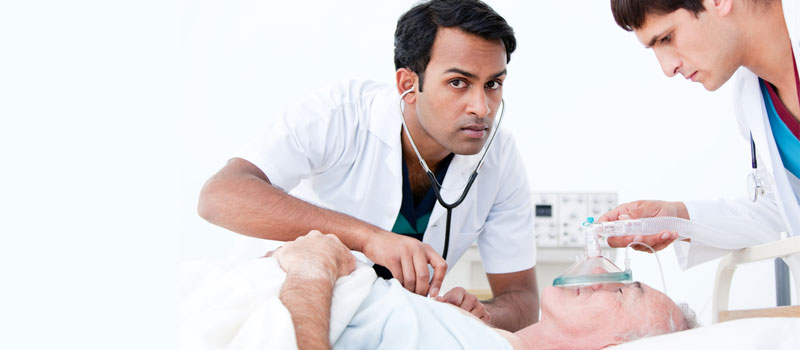Cardio Pulmonary Resuscitation (CPR)
Can be taken with AED/Defibrillator and or anaphylaxis training.
This course is popular with Dentist & Doctors surgeries and with clinical settings such as hospitals. The courses go towards the accumulation of training hours required to ensure clients CPD (continuous professional development). These sessions are sometimes known as 'Time to learn' sessions and tend to be held every eighteen months for clinical staff and every twenty four months for non-clinical staff.
They are designed to ensure that the latest resuscitation council's guidelines are understood, updated and put into practice. The courses look at the type of setting and equipment available and work through drills that replicate emergencies that could occur with that particular environment, such as patient collapse in the waiting room, or allergic reaction to medication.
Due to most primary care trusts investing in AED (Automated External Defibrillator) in recent years the inclusion of training in using this equipment has been amalgamated with the manual CPR training sessions allowing staff to get 'hands on' experience in finding and using AED's, bag and mask and oxygen if available.
These sessions can also include if required the recognition and treatment of anaphylaxis. This is particularly useful in surgeries where there is an emergency anaphylaxis kit.
The sessions last from two to four hours and cover the following topics:
- Manual delivery of CPR to adult, child & infant casualties.
- Correct use of the AED and oxygen.
- Dealing with choking casualties.
- Treatment of non-responsive breathing casualties.
- If required dealing with anaphylaxis and delivery of adrenaline.


